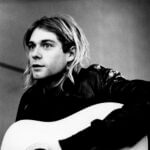What do you say when you know it’s the end? Some famous figures closed their story with one last line, sharp enough to stop you cold. Others whispered confessions that changed how we see them forever. A mobster imagining himself on the big screen, a business icon only repeating three words, and a musician who cracked one final joke about his least favorite genre. These were words that ended up in history books and burned into our collective memory long after the person who spoke them was gone.
Elvis Presley
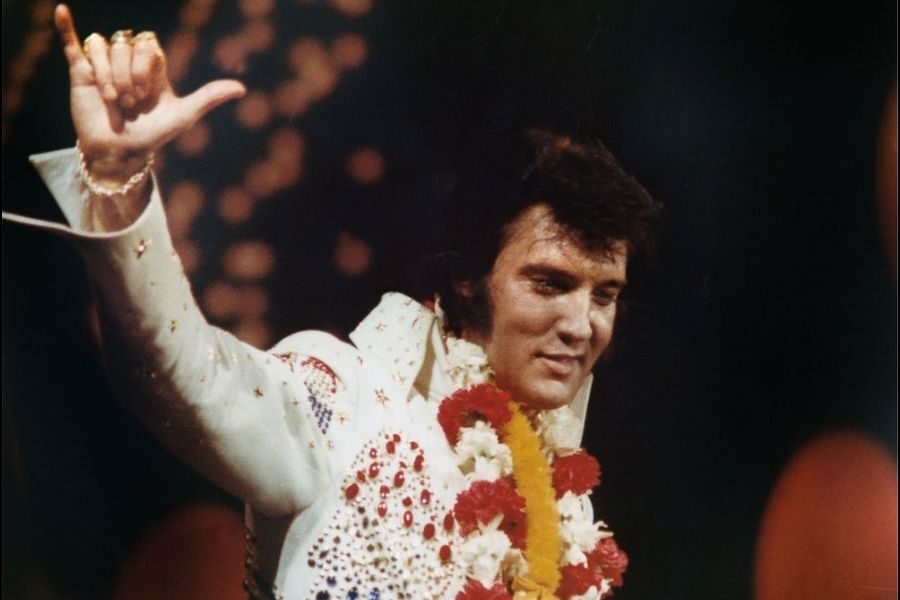
The hip-swiveling sensation from Tupelo became America’s most iconic entertainer, revolutionizing 1950s music and culture with his voice, charisma, and unforgettable stage presence. To millions, Elvis was larger than life itself.
Yet in 1977, just 42 years old, his final moments with fiancée Ginger Alden carried a strange, almost chilling intimacy—casual words that would become anything but.
“Don’t fall asleep,” she reminded him. Elvis gave a boyish smile, waved, and promised, “Okay, I won’t.” An answer that, in hindsight, lands with a weight no stage ever could.
Robin Williams
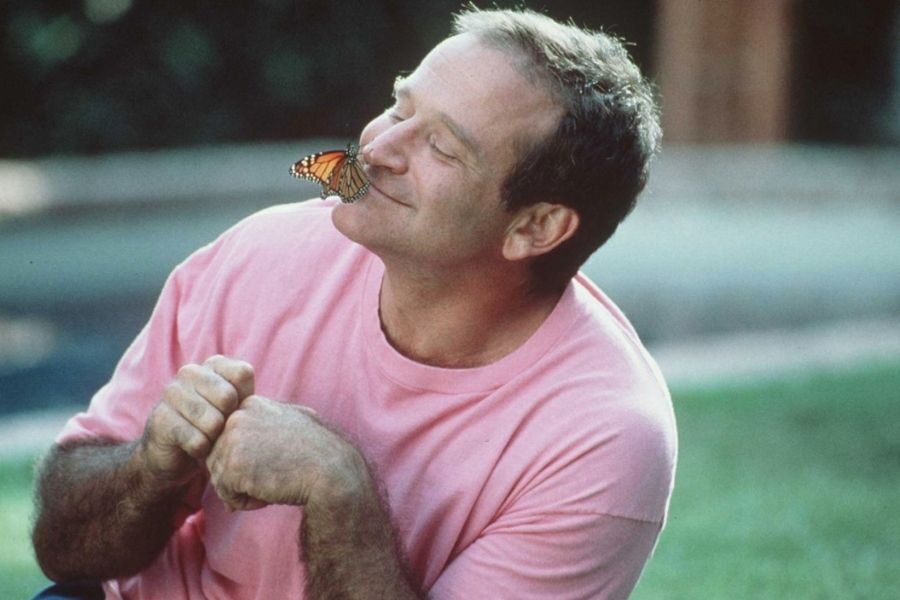
The quick-witted comedian who lit up screens in Mrs. Doubtfire (1993) and Good Will Hunting (1997) brought laughter to millions, even while privately battling depression and the effects of Lewy body dementia.
That final night in 2014, his wife Susan remembered how Robin lingered at the doorway, stepping back in more than once as if reluctant to leave her side.
“Goodnight, my love,” he told her. Then, a final time: “Goodnight, goodnight.” The man who made the world laugh left left with words as tender as they were final.
Winston Churchill
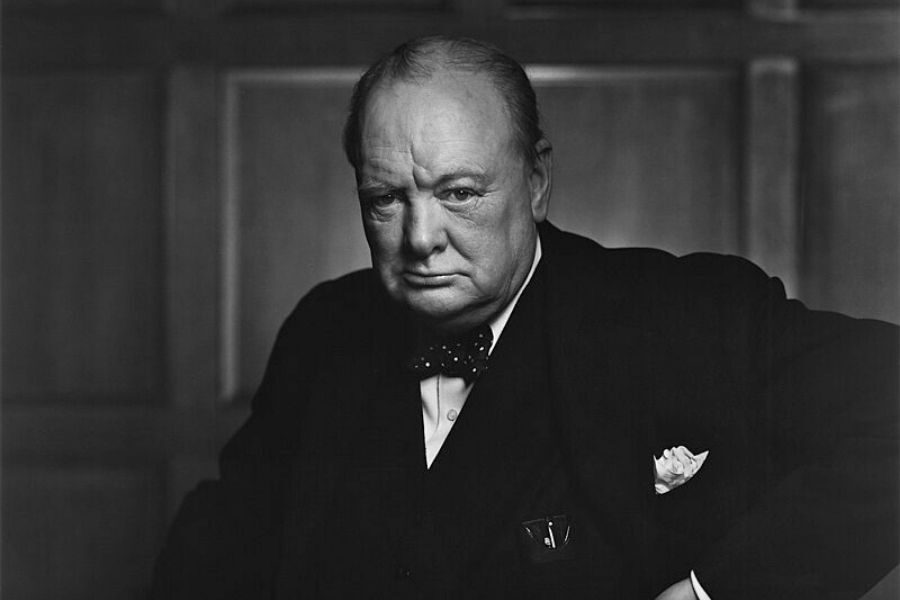
The wartime leader who defied Hitler’s Nazi regime in the 1940s with fiery speeches and unbreakable resolve became the voice of courage for a nation under siege. To many, Churchill embodied Britain’s fighting spirit.
But even the man of grand speeches ended with startling brevity. In 1965, after a debilitating stroke, he summoned just a few final words to share with family.
“I am bored with it all,” Churchill told his son-in-law Christopher Soames. After a lifetime of “blood, toil, tears, and sweat,” the man who shouldered history’s heaviest burdens finally laid them down.
Frank Sinatra
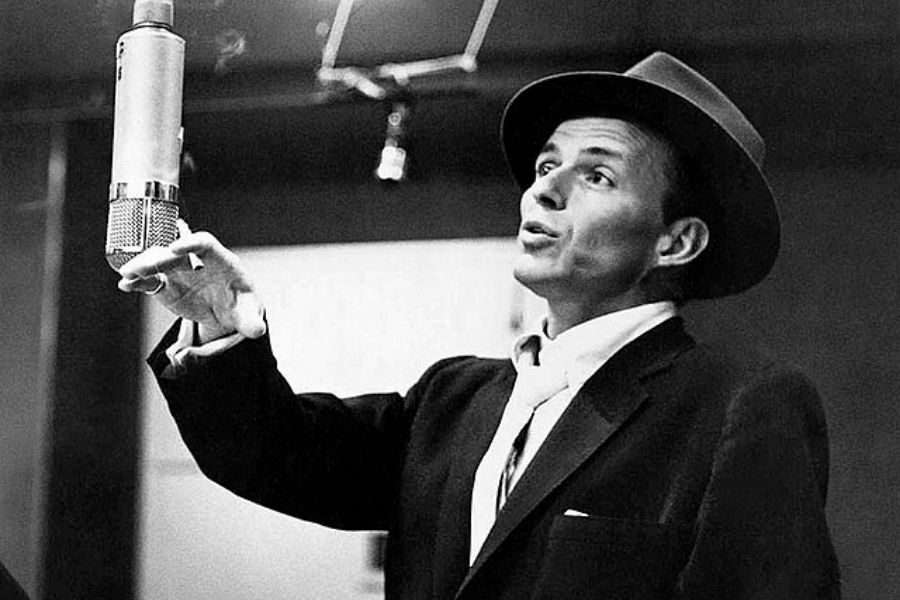
“Ol’ Blue Eyes” spent decades defining cool, from swinging Rat Pack nights to timeless songs like Fly Me to the Moon. In the ’50s and ’60s, he embodied charm, swagger, and a toughness few dared to challenge.
But by May 1998, after years of declining health, the man who once commanded stages worldwide lay in a hospital bed, with doctors nearby, his wife Barbara and his manager Tony Oppedisano at his side.
“I’m losing,” he said. There was no panic—only resignation. For the Chairman of the Board, who once sang of doing things “my way,” his last words carried quiet honesty and acceptance.
Benjamin Franklin
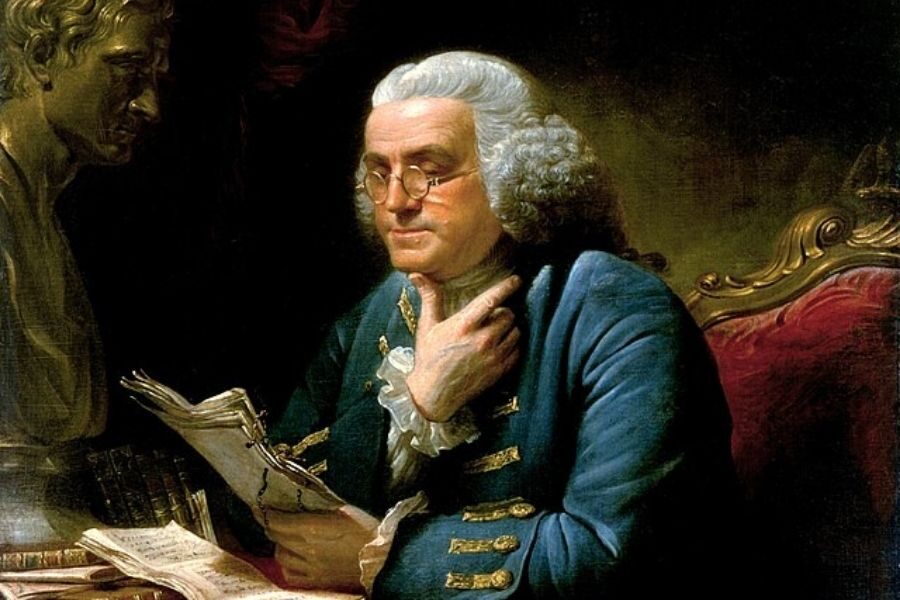
Inventor, diplomat, and printer by trade, Franklin helped birth a nation while pioneering electricity, founding libraries, and charming French aristocrats with wit as sharp as his political instincts.
By April 1790, his health had waned after months of pain, and he lay surrounded by family trying to ease his suffering. Urged to shift for comfort, Franklin answered with one last flash of pragmatism.
“A dying man can do nothing easy,” he said. Even in death, the philosopher of plain speech could not resist distilling life’s hardest truth into a single line.
John Lennon
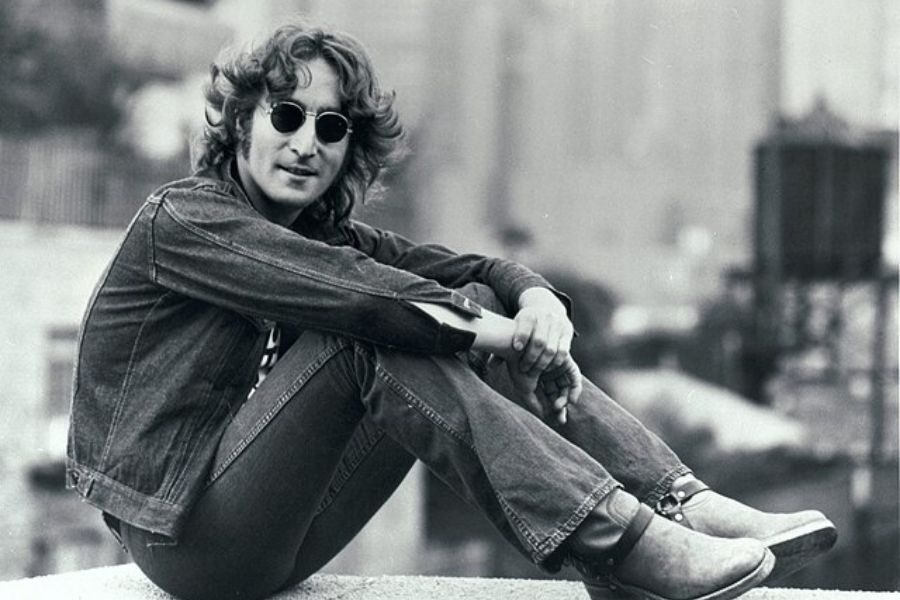
The sharp-tongued Beatle who gave us Imagine spent the 1960s pushing boundaries—musically, politically, spiritually. At the height of Beatlemania, Lennon became both icon and agitator, never pulling punches whether skewering society or baring his soul.
On a December night in 1980, outside the Dakota, his vision of peace shattered in a burst of gunfire. Stumbling toward the lobby, he managed to utter words as blunt as his life had been: “I’m shot.”
A man who had dreamed of a better world ended his story by naming the violence that took him, the sound still ringing and hanging in the cold air like a verdict.
Marie Antoinette
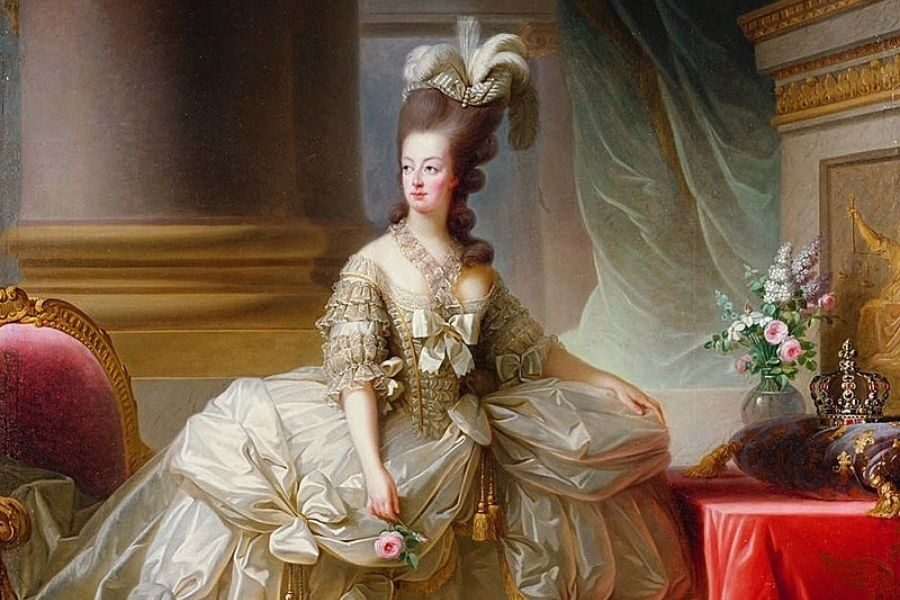
The Austrian-born queen became a symbol of extravagance, forever tied to the taunt “Let them eat cake.” Turning her into the face of France’s hunger and rage as the revolution boiled over.
By October 1793, her gilded world was gone. Silks and diamonds had given way to a jolting cart ride through jeering crowds to the guillotine. In plain white, she climbed the scaffold.
She stumbled, her foot catching the executioner’s. “Pardonnez-moi, monsieur, je ne l’ai pas fait exprès” (“Pardon me, sir, I meant not to do it”), she said. A life condemned for excess closed with a quiet apology to the man about to kill her.
Sir Arthur Conan Doyle
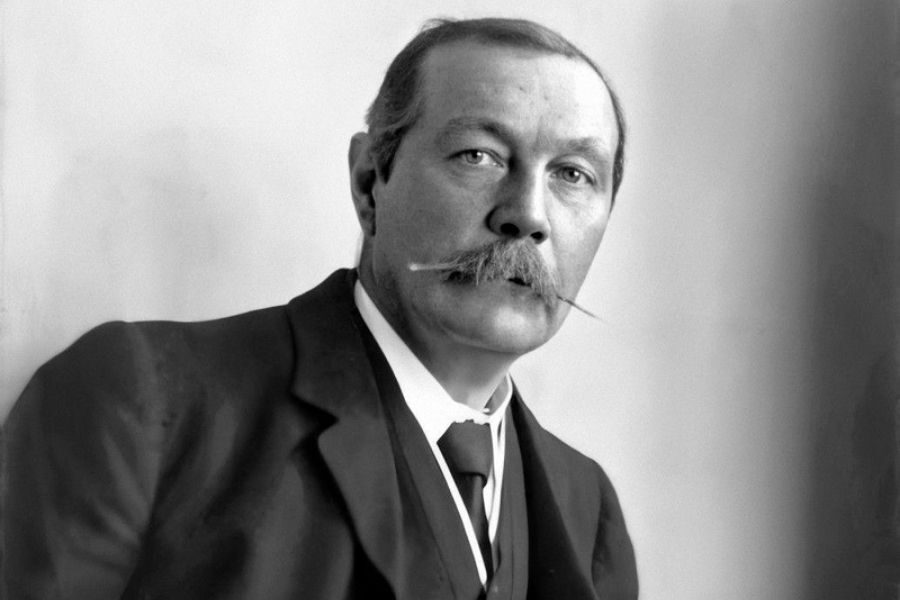
In 1887, the doctor-turned-novelist gave us Sherlock Holmes—cold logic and piercing deduction in a deerstalker hat. Yet Doyle himself believed in séances, fairies, and the supernatural. Pure contradiction in tweeds.
By 1930, his health was failing. The writer who once killed Holmes in The Final Problem—then, under reader revolt, brought him back—now faced an ending he couldn’t rewrite: his own.
In his final moment, he turned not to his detective but to his wife. Smiling at Jean, he said, “You are wonderful.”
Humphrey Bogart
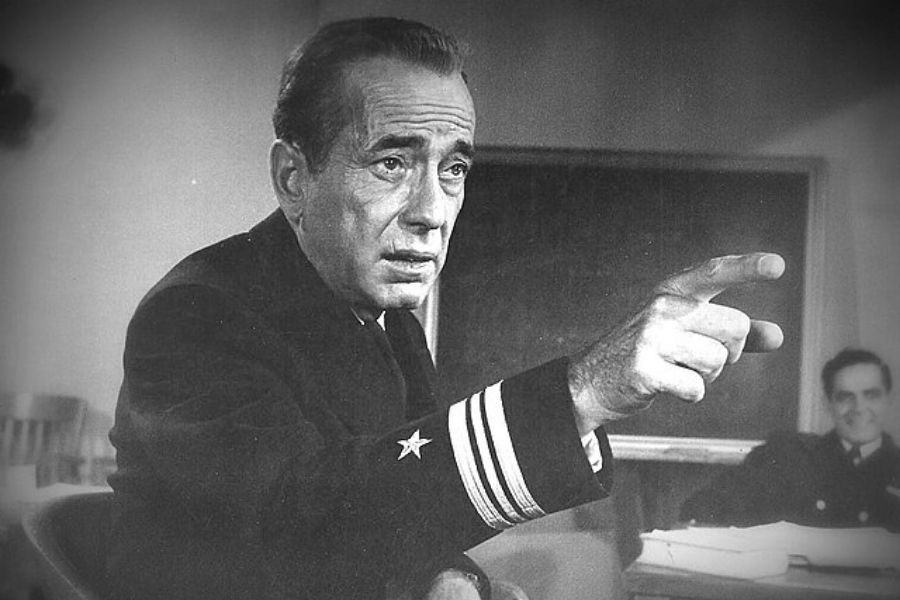
The tough-guy face of film noir, Humphrey Bogart defined cool cynicism in The Maltese Falcon (1941) and Casablanca (1942). Yet beyond the smoke and shadows, he was a devoted husband and father.
By 1957, cancer had stripped away that screen presence. At his side was Lauren Bacall—his wife, his great love, and a star in her own right. When she told him she was stepping out for a moment, he stopped her with a few quiet words.
“Goodbye, Kid. Hurry back,” he told her. It was the last line he ever delivered—tender, spare, and meant for her alone.
Harriet Tubman
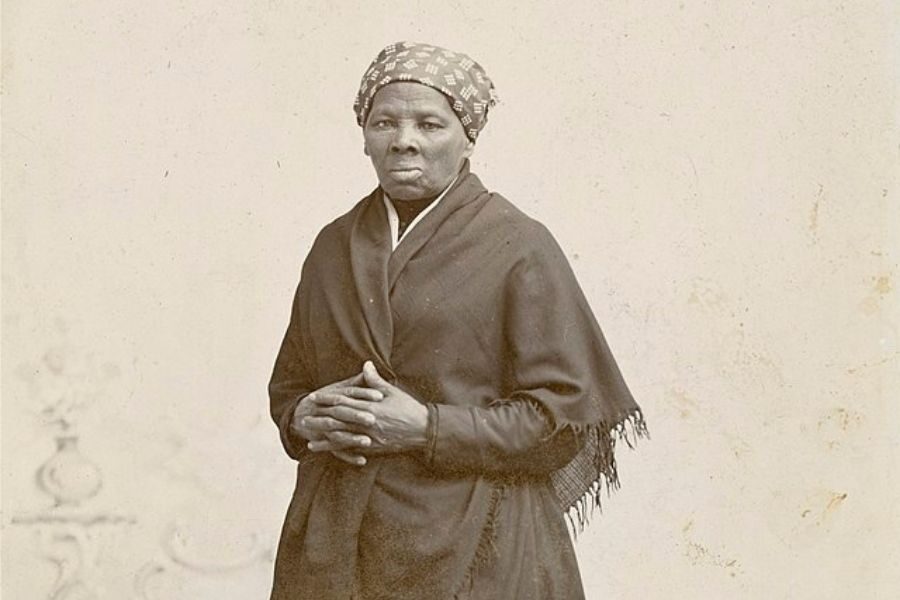
They called her Black Moses, and she earned it—leading enslaved people to freedom through sheer grit and unshakeable faith. Nineteen trips, never lost a single soul. That’s not luck; that’s divine purpose.
Her courage rippled far beyond the Underground Railroad, inspiring songs, stories, and performances. Actress Cynthia Erivo, for instance, brought her story to life in a biopic, carrying Harriet’s spirit to new audiences.
At 91, facing her final journey, she spoke with the same certainty that had guided hundreds to freedom: “I go away to prepare a place for you.”
James Brown
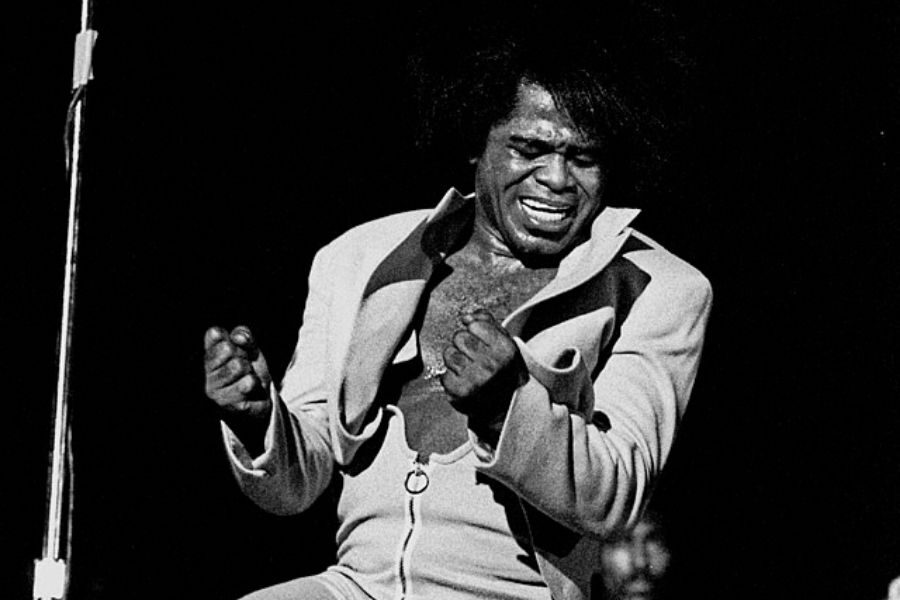
The dynamic performer who brought funk to the forefront of 1960s music, James Brown electrified stages with unstoppable energy, earning the title Godfather of Soul and inspiring generations with his talent and passion.
Even while battling illness in December 2006, Brown kept his humor and warmth, joking with longtime manager Charles Bobbit and planning future performances, never losing his spark or care for those around him.
Late that night, he spoke quietly: “I’m going away tonight.” Hours later, on Christmas morning, the hardest-working man in show business left the world. At last, even tireless performers must rest.
Joan Crawford
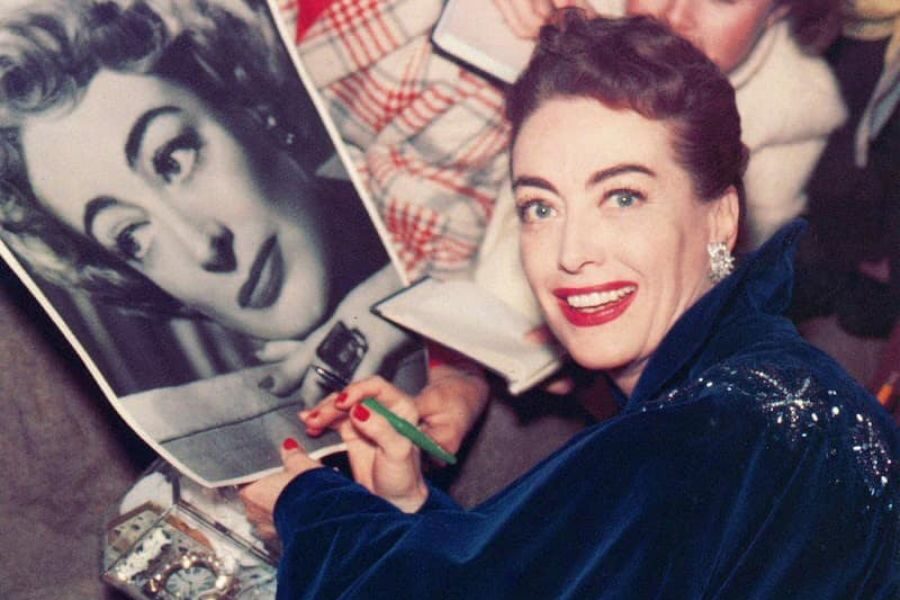
Around the 1910s to 1950s, Joan Crawford clawed her way from poverty to stardom with fingernails sharp enough to leave marks. She demanded respect, controlled every detail of her image, and never let anyone call the shots.
By May 1977, she faced the end with the same iron will that had defined her life. When housekeeper Darinka offered a prayer, Crawford’s daughter recounted her mother’s unmistakable response.
“Dammit, don’t you dare ask God to help me,” she said. One last time, she took the room, all fire and will, just as she always had.
Tupac Shakur
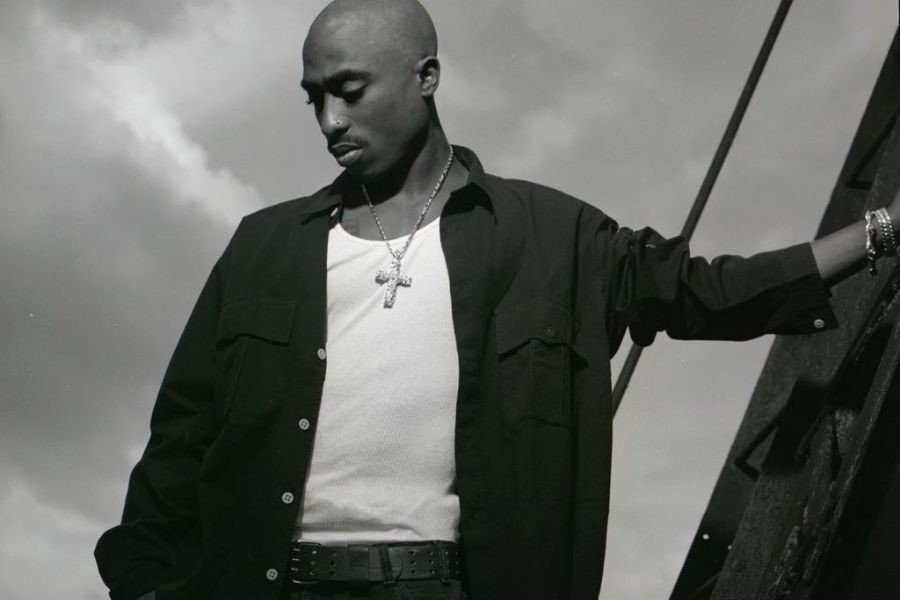
Tupac spit truth that made people uncomfortable—calling out police brutality, poverty, and hypocrisy when others stayed silent. In the 1990s, he was poet who never backed down from a fight.
On the night of September 7, 1996, after being ambushed in a drive-by shooting on the Las Vegas Strip, Shakur was critically wounded. When a police officer asked for a statement, he gave one that would be his last.
“F**k you,” he spat before slipping into unconsciousness. He left the world with a final line as bold and unflinching as the life he had lived.
Michael Jackson
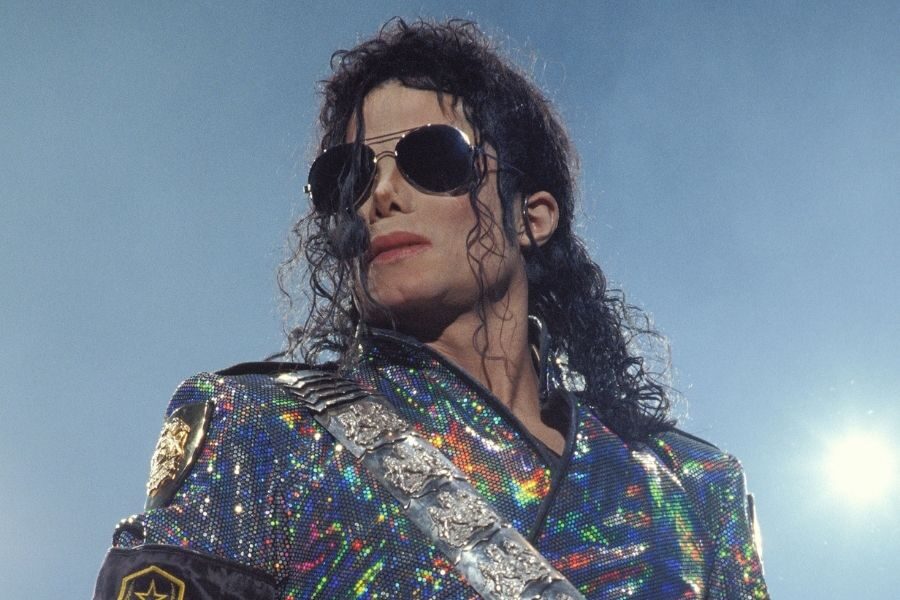
In the ’80s, Michael’s gloved hand could make the world stop spinning. He moonwalked through our dreams, sang our hearts open, and changed how everyone looked at Pop music.
In June 2009, at his Holmby Hills home, Jackson talked about being tired, the weight of being Michael Jackson showing. He asked his doctor for “milk,” a nickname he gave to his sleep medication.
“I’d like to have some milk. Please, please give me some.” Peace was the only stage he never got to stand on, the one spotlight that fame never allowed him to claim.
Isaac Newton
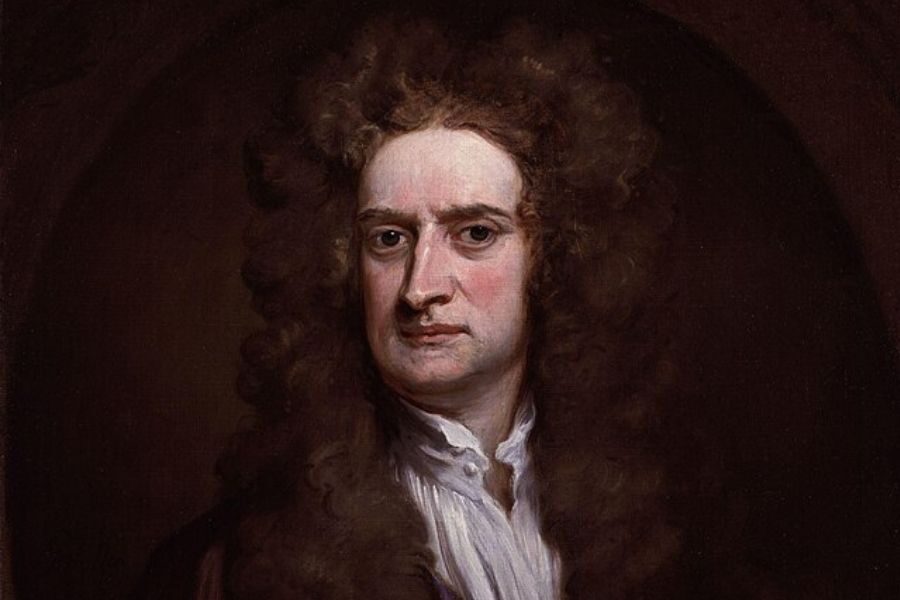
Without Isaac Newton, could you imagine what our world would look like? The 17th century scientist supposedly got bonked on the head by an apple unlocked gravity, invented calculus, and explained light itself.
In March 1727, at the age of 84, Newton passed quietly at his London home, his mind still alive with questions, the same curiosity that had reshaped our understanding of the universe.
“I don’t know what I may seem to the world,” he wrote. To himself, he was only a boy at the shore,
pocketing smoother pebbles while an undiscovered ocean of truth stretched beyond.
Victor Hugo
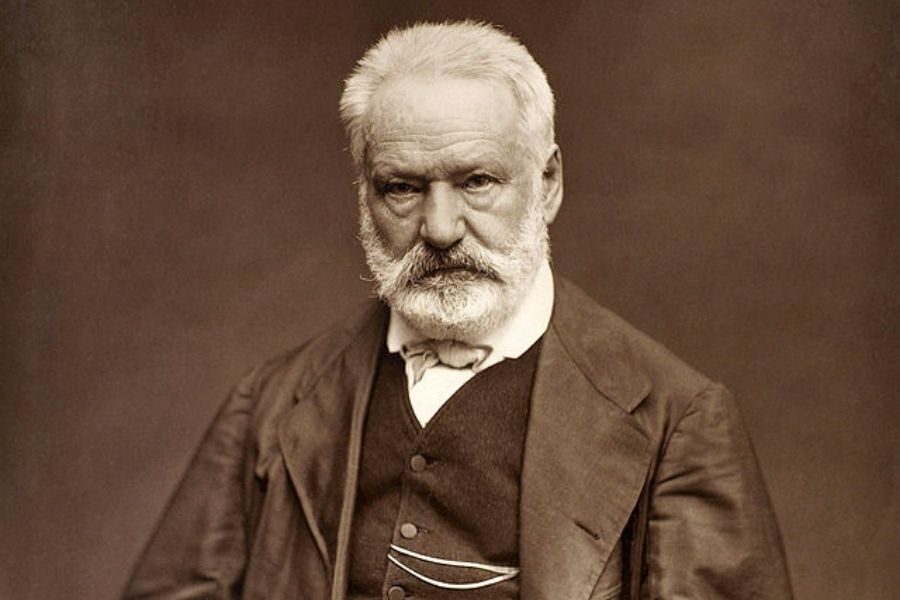
Hugo wrote revolutions into being—Les Misérables didn’t just describe social upheaval, it inspired it. The 19th-century novelist lived as dramatically as his characters, passionate about justice, art, and the human condition.
By May 22, 1885, Hugo was dying of pneumonia in Paris, surrounded by family. Even as his body failed, his mind painted vivid images, refusing to let go of his craft.
“Here is the battle of day against night. I see black light.” Lying in his bedroom, Hugo conjured a vision both impossible and haunting. Light in the very absence of it, a riddle only he could see.
Ernest Hemingway
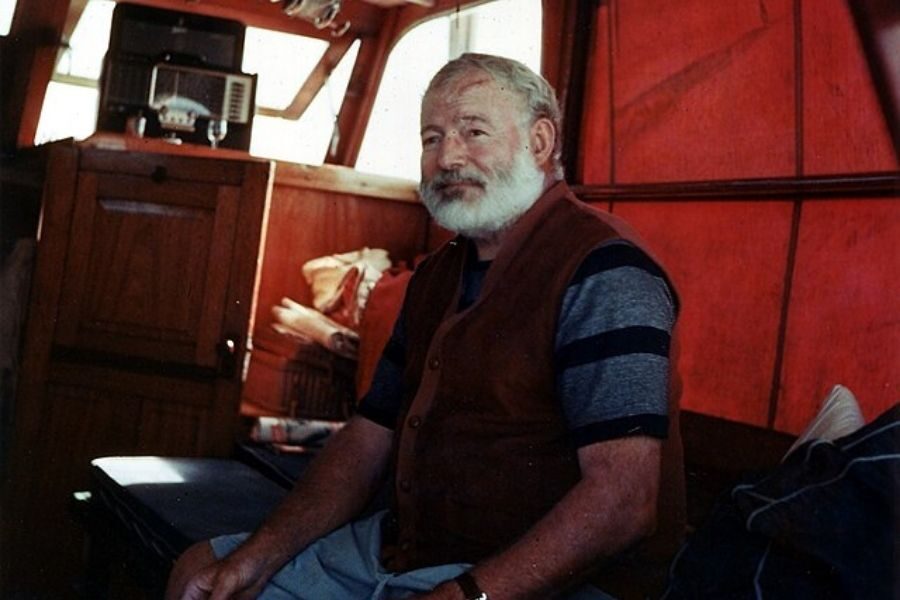
Papa Hemingway lived hard. From 1899 to 1961, he was a war correspondent, big-game hunter, and a Nobel Prize-winning author. He wrote about courage under pressure, and then spent his life living it.
By July 2, 1961, at his home in Ketchum, Idaho, he struggled with illness and personal demons that had worn him down. He took his own life, leaving behind a legacy as stark as his prose.
His last words were to his wife, “Goodnight, my kitten.” Tender words from a man who’d seen too much war, written too many eulogies.
John Wayne
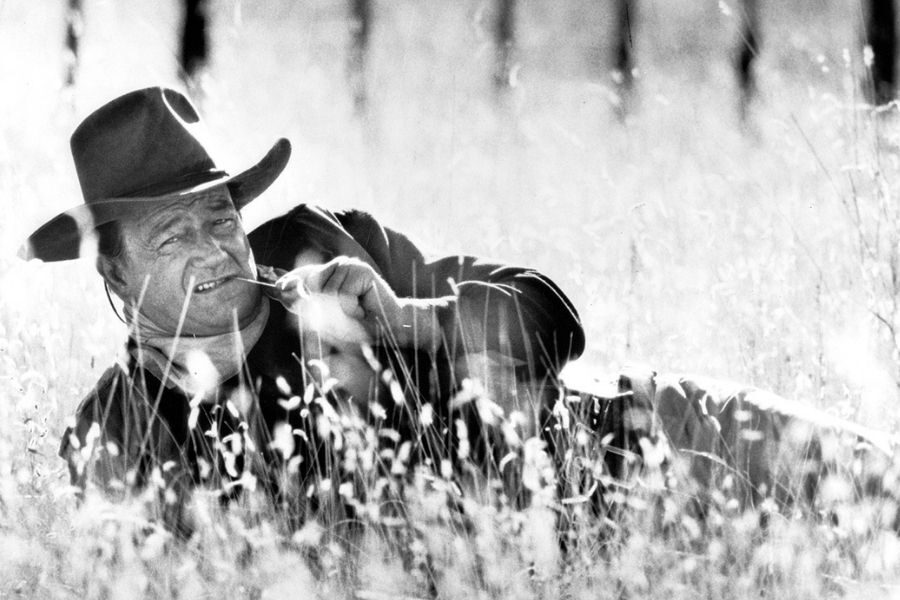
The towering Western star who dominated Hollywood from the 1940s through the 1970s with films like Stagecoach (1939) and True Grit (1969) defined rugged American masculinity on screen.
Yet those who knew him saw a softer, devoted father beneath the tough exterior. In his final days in 1979, his daughter Aissa asked if he still recognized her.
Expecting little from his fading memory, it took her by surprise when he replied: “Of course, I know who you are. You’re my girl. I love you.”
Selena
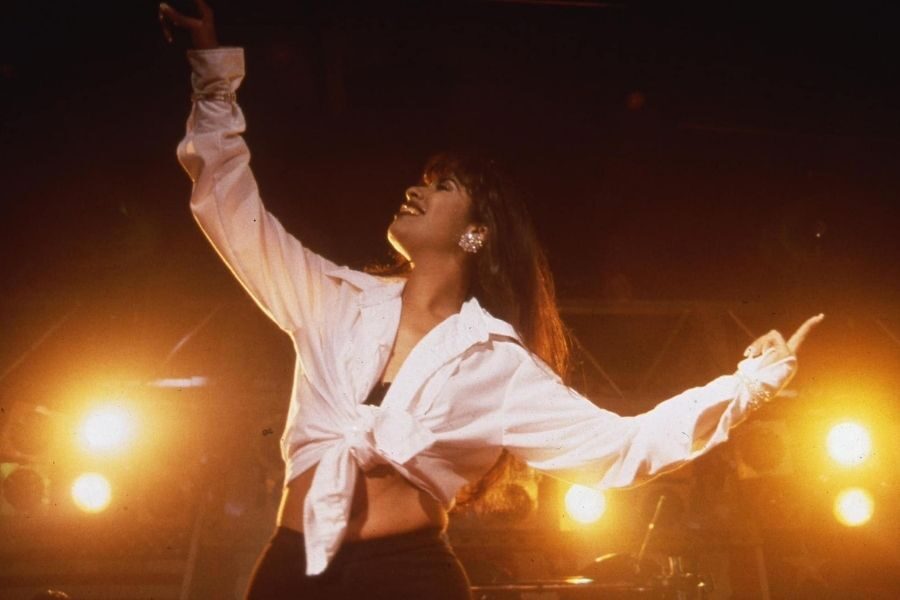
Selena was crossing over from Tejano queen to mainstream superstar in 1995. At 23, her voice was carrying the dreams of a community finally seeing itself reflected back—until a single bullet from someone she trusted ended it all.
Bleeding in the hotel hallway, one of her final words was identifying her killer: “Yolanda”—the president of her fan club. According to hospital staff accounts, she also said, “Lock the door! She’ll shoot me again.”
The rising star spent her final moments making sure the woman who betrayed her wouldn’t slip away. She was gone before she ever turned 24.
Richard Feynman
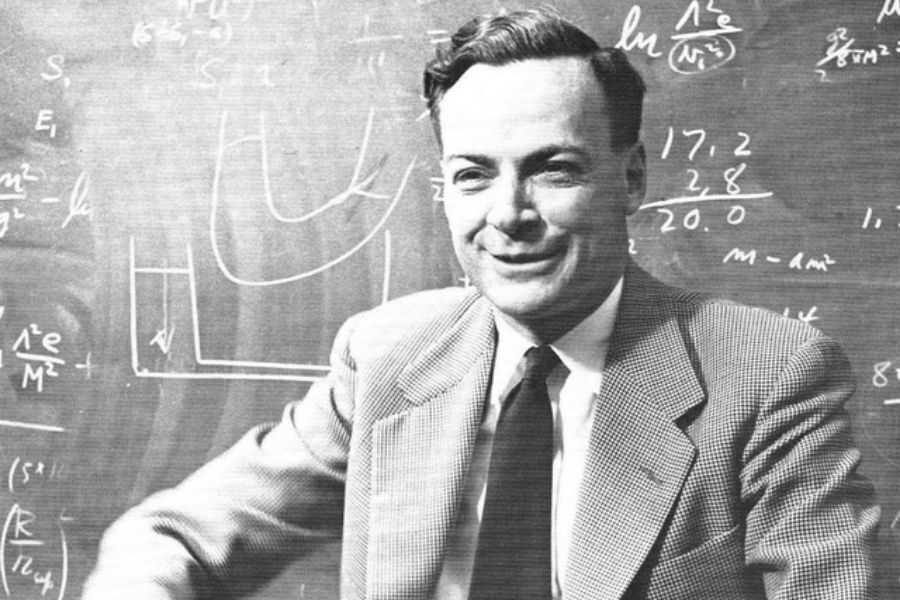
Feynman’s playful curiosity shaped both his science and his life; a Nobel Prize-winning physicist in 1965 who transformed our understanding of quantum mechanics while making the complex understandable for everyone.
Known for his bongo drums and safe-cracking as much as his equations, he found joy in every mystery. So when facing death from cancer in February 1988, after an eight-year battle, Feynman met it with characteristic humor and perspective.
“I’d hate to die twice. It’s so boring,” he reportedly said, approaching the ultimate unknown with the same wonder he brought to life’s greatest questions.
Bob Marley
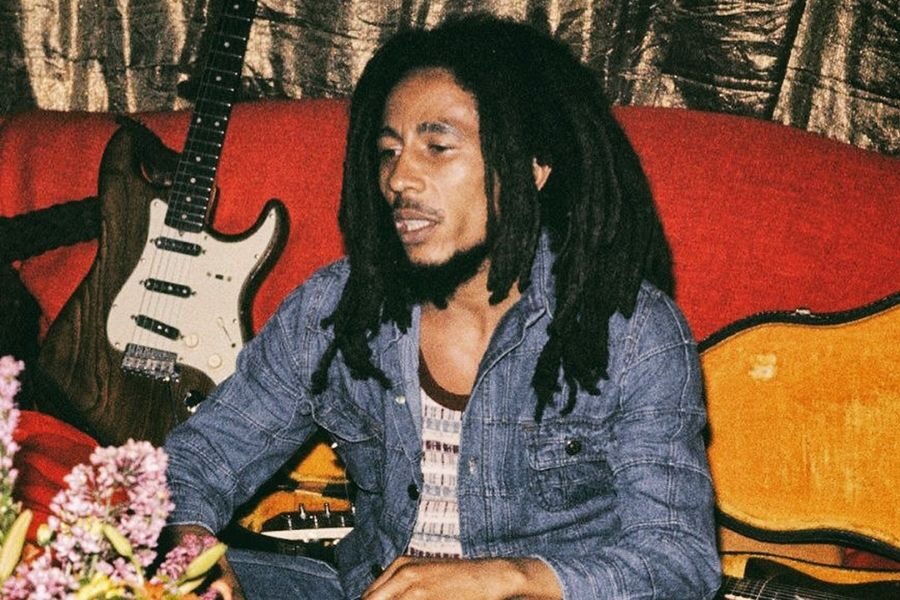
He brought reggae to the world through infectious rhythms that carried messages of peace, love, and Rastafarian spirituality—albums like Exodus (1977) turned him into a voice that transcended borders. Offstage, Marley was a devoted father deeply connected to his family.
By May 1981, after fighting melanoma for four years, Marley spoke to his eldest son, Ziggy, passing along words that could’ve been a lyric to a song. “On your way up, take me up. On your way down, don’t let me down.”
Even as the disease claimed him at 36, Marley’s love and presence reached across generations, a quiet, enduring embrace for the son he cherished.
Princess Diana
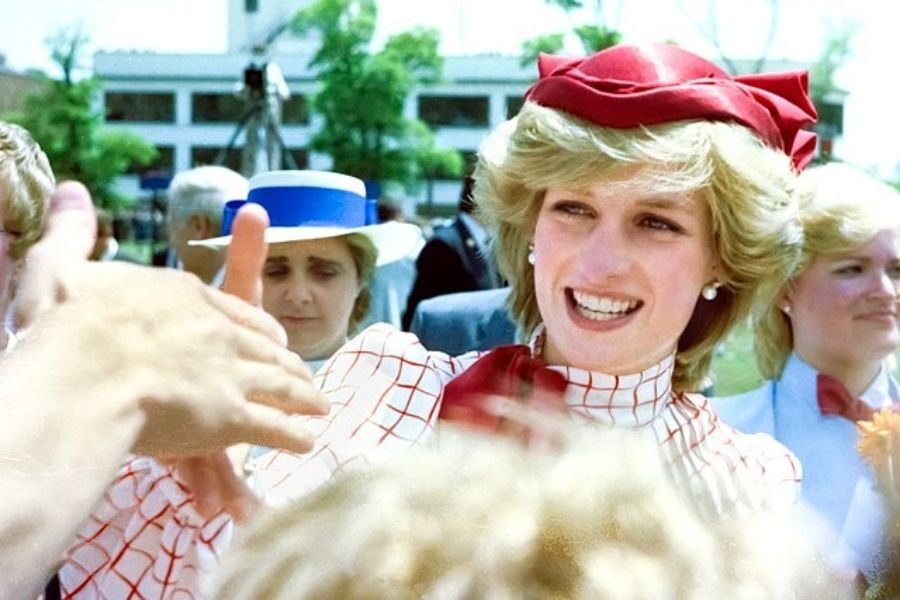
Princess Diana captured hearts around the world with her compassion, breaking stigmas by touching AIDS patients and walking through minefields in Angola in 1997 to campaign against landmines.
On August 31, 1997, her car slammed into a Paris tunnel wall, paparazzi chasing behind her. Firefighter Xavier Gourmelon pulled her from the wreckage and felt her stir. “My God, what has happened?”
The woman who had made the world feel seen, who broke down barriers with every embrace, was gone by dawn at 36.
George Orwell
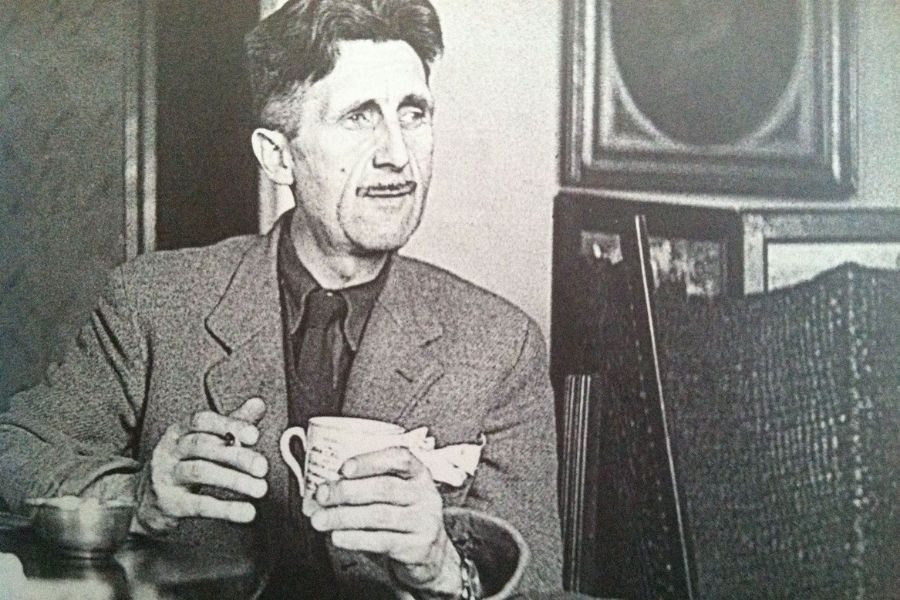
George Orwell’s warnings about totalitarianism proved frighteningly prescient, with 1984 (1949) and Animal Farm (1945) anticipating our surveillance-heavy world with chilling accuracy.
Orwell died of tuberculosis on January 21, 1950, at just 46. In his notebook from April 1949, he wrote: “At fifty everyone has the face he deserves.”
Though often called his last words, later entries show he kept writing for months—but the line stuck, a haunting reflection he never lived to see fulfilled.
W.C. Fields
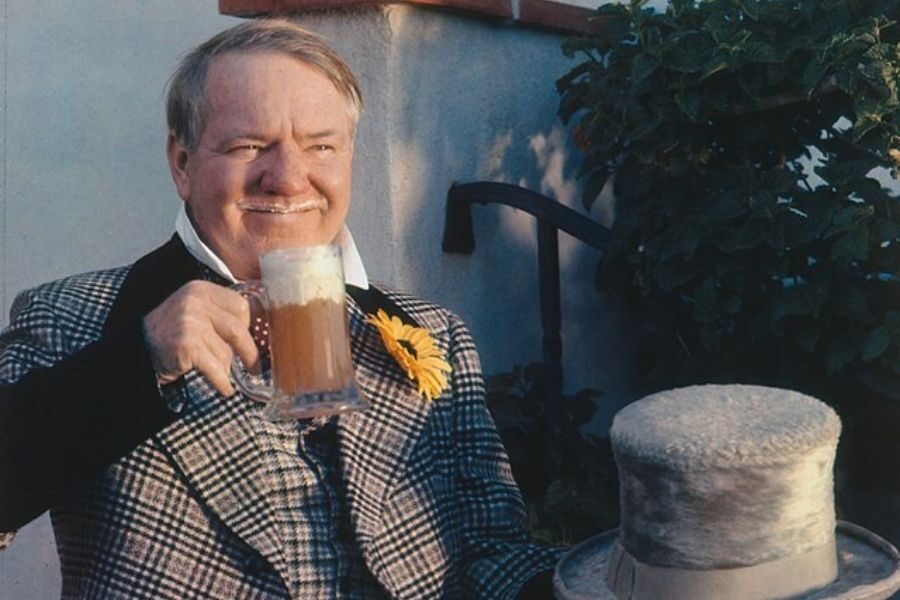
W.C. Fields built his career on sharp wit and cynicism through films like It’s a Gift (1934) and The Bank Dick (1940), delivered with his distinctive nasal drawl. His humor skewered human folly, earning him a reputation as a lovable misanthrope.
On Christmas Day 1946, cirrhosis and years of heavy drinking caught up with him. At 66, he suffered a gastric hemorrhage.
The man who built his act on complaints found one person worth sparing from his famous scorn. His alleged last words to companion Carlotta were: “God damn the whole friggin’ world and everyone in it but you, Carlotta.”
Michael Landon
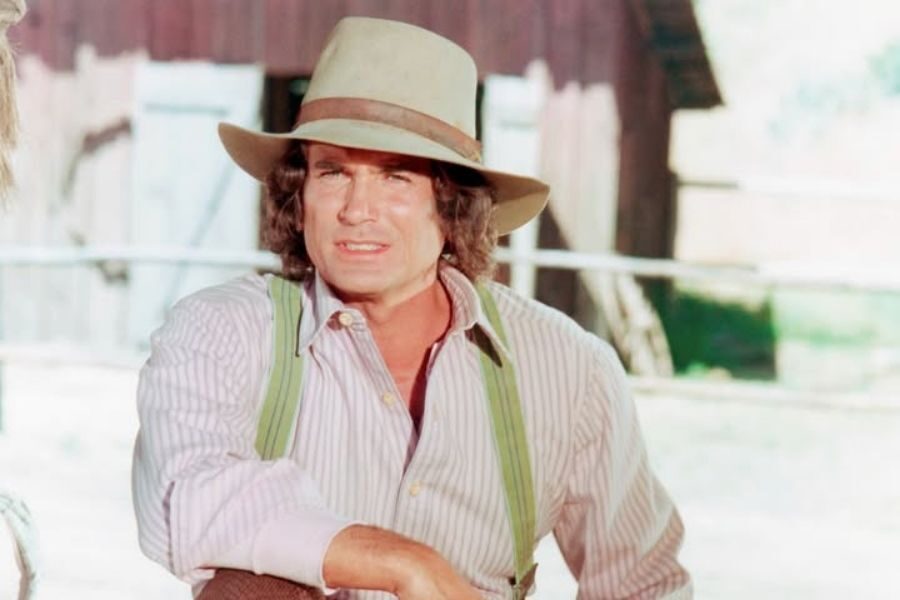
The beloved television star of Bonanza and Little House on the Prairie, brought wholesome family values to life on screen, becoming a symbol of warmth and care for generations of viewers.
In July 1991, just three months after his pancreatic cancer diagnosis, Landon was surrounded by his nine children and wife, Cindy. Not everyone can face death so openly, but he knew.
His children spoke to him one last time, and he replied: “You’re right. It’s time. I love you all.”
Malcolm X
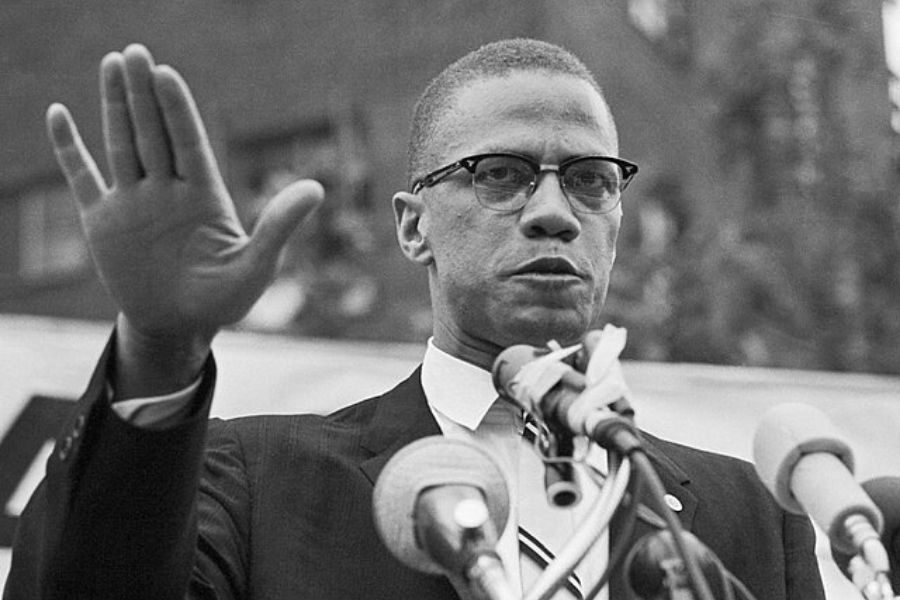
Malcolm X never softened his message. Through the 1950s and 60s, the activist who captivated audiences with his fierce eloquence refused to water down his vision, knowing full well the danger that came with it.
On February 21, 1965, he stood before a crowd at the Audubon Ballroom. A commotion broke out—then gunfire. His pregnant wife Betty pulled their daughters close as he was assassinated in front of them.
Accounts differ on what he said trying to calm the crowd: “Brothers! Brothers, please! This is a house of peace!” or “As-salāmu ʿalaykum.” In the end, the man who preached revolution spent his last breath calling for peace.
Pocahontas

Pocahontas became a bridge between her Powhatan people and the English settlers in the early 1600s. Her life became a contested emblem, a bridge and wound all at once, shaped by colonial forces that gave her no choice.
In 1617, while preparing to return to Virginia, she fell ill in England and died in Gravesend at just 21 or 22. According to her husband, John Rolfe, her final words were: “All must die. ‘Tis enough that the child liveth.”
Even her last words come filtered through English colonial records, not Powhatan memory. But what remains is clear: a young woman forced into a role she never chose, taken by the very world that used her as a symbol.
Mark Twain
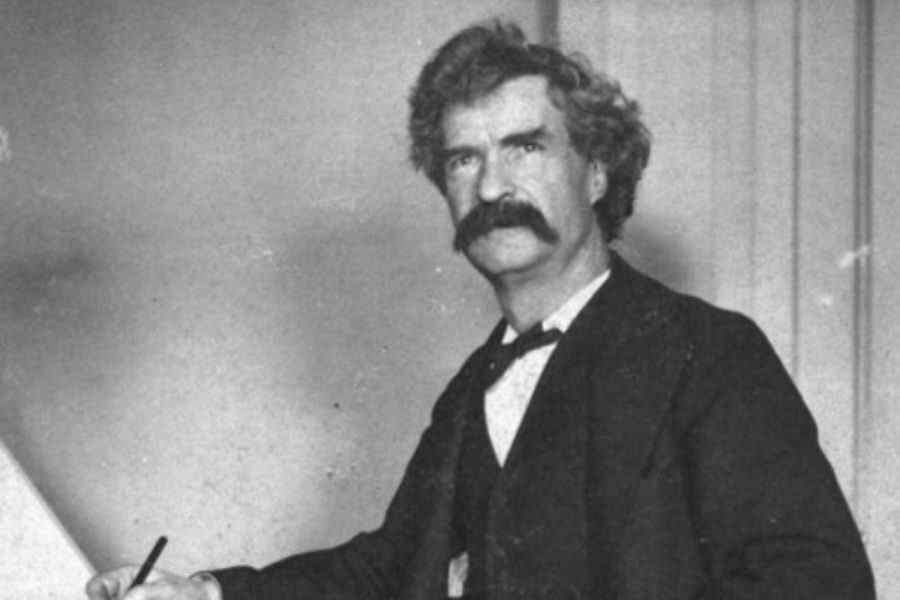
Mark Twain gave the world Tom Sawyer (1876) and Huckleberry Finn (1884), turning the rowdy spirit of the Mississippi into stories that still feel alive. Born Samuel Clemens, he built a career on finding the absurd in everyday life, making readers laugh at themselves.
In April 1910, worn by grief and illness, he woke one morning clear-headed and recognized his daughter. Too weak to speak, he reached for a pencil and paper to ask for something—perhaps to read, perhaps to see her face more clearly.
“Give me my glasses,” he wrote. The man who spent a lifetime watching the world closely wanted one more look.
Maya Angelou
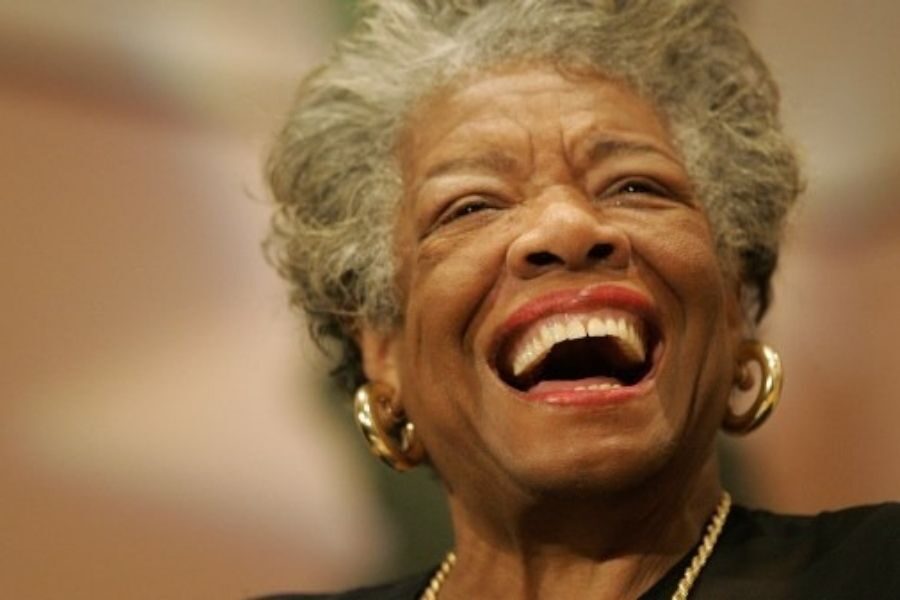
Maya Angelou wrote her way out of silence. Through works like I Know Why the Caged Bird Sings (1969), she reshaped American poetry, giving voice to the wounded, the forgotten, the dismissed—and made them seen.
On May 28, 2014, her heart gave out at 86 in her Winston-Salem home. A week earlier, already frail, she recorded one last message for Major League Baseball’s Civil Rights Luncheon. Her mind still sharp, her purpose unshaken.
In that final recorded reflection, she said: “…When they do not recognize the truth that they belong to their community and their community belongs to them… it is because they refuse to see.”
Gustav Mahler
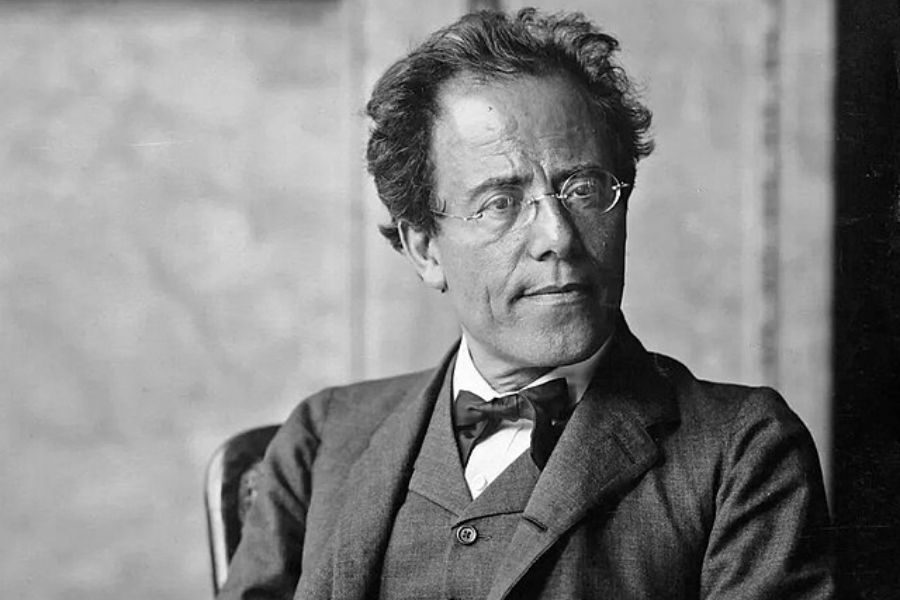
Gustav Mahler wrote symphonies that ached. Music so intense it felt like the orchestra might collapse under the weight of its own feeling. His Symphony No. 5 (1902), especially its Adagietto, captured longing in a way that lingers long after the final note.
By May 1911, weakened by infection, he spent his final days in Vienna with his wife Alma by his side. As his breathing grew shallow, the music in his mind kept playing. According to Alma, his final word was simply: “Mozart.”
Alma was a composer too, so she probably understood better than anyone: of course, it was Mozart, not her name, filling his last breath.
Vince Lombardi
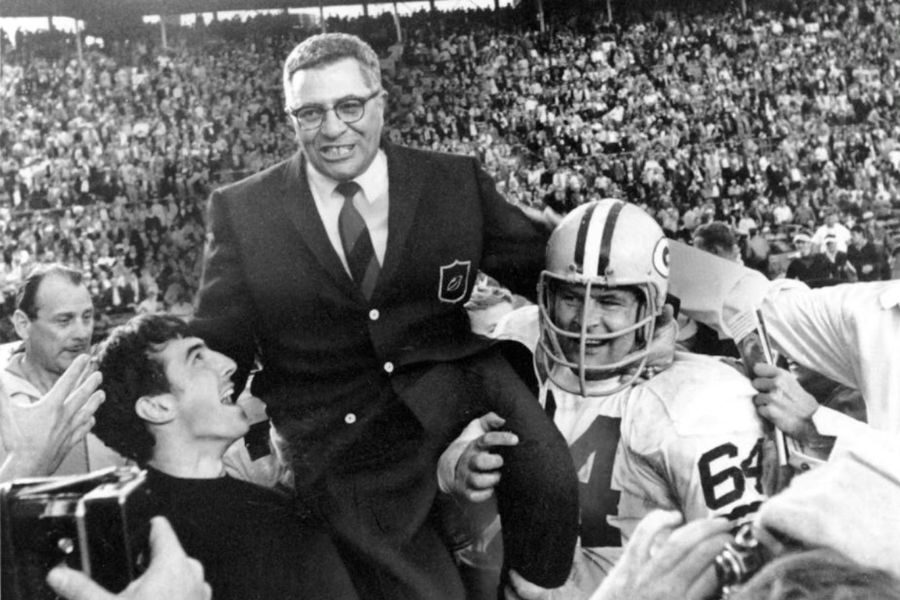
The fiery Green Bay Packers coach built a dynasty in the 1960s, capturing five NFL championships and forever linking his name to discipline, grit, and the pursuit of excellence.
In September 1970, battling cancer in a Washington, D.C. hospital, Lombardi turned not to football but to love. Looking at his wife Marie, he spoke with devotion.
“Happy anniversary. I love you.” The man who defined winning left life with a gentler triumph—love at the final whistle.
Emily Dickinson
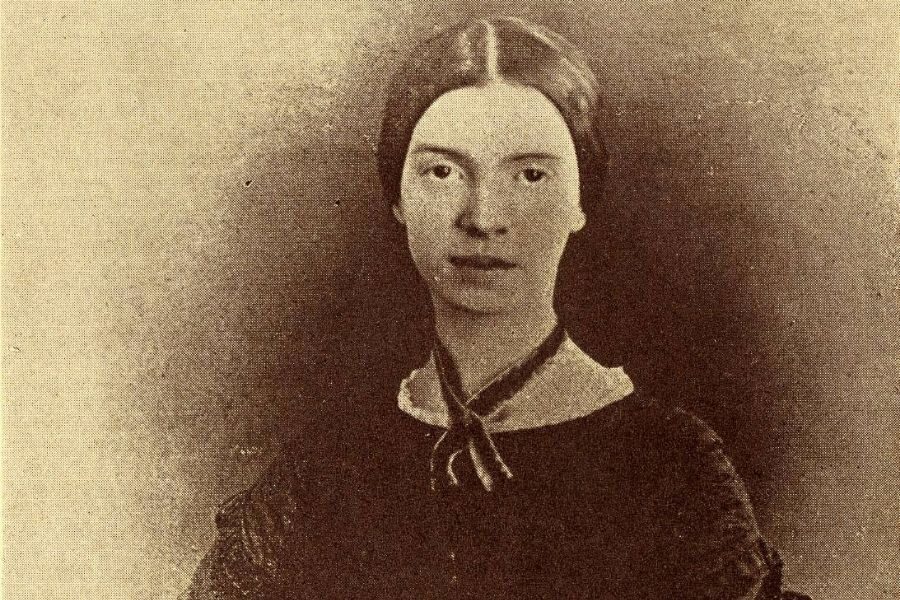
Emily Dickinson spent her life in Amherst, writing nearly 1,800 poems from the 1850s through the 1880s that peered into death and eternity like looking through a keyhole. Most went unpublished, hidden in drawers, yet they would change American poetry forever.
On May 15, 1886, after years of her body failing from Bright’s disease, she died at 55 in that same house. In her final days, too weak to speak, she passed notes—fragments that read like the poems she’d spent decades perfecting in secret.
“I must go in; the fog is rising.” She’d written about death like an old companion, circled it in hundreds of poems. When it finally came for her, she greeted it like an old friend.
Conrad Hilton
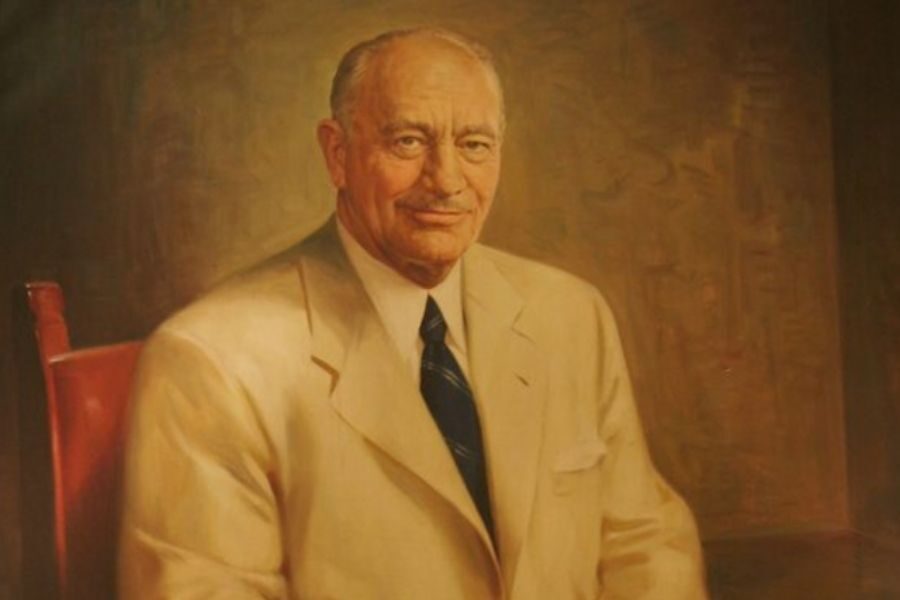
Conrad Hilton started with a dusty roadside inn in Cisco, Texas. By 1919 he’d begun building it into the world’s most famous hotel chain. To him, hospitality wasn’t glamour—it was clean sheets, hot water, and the sense that details mattered.
In January 1979, as death drew close in Santa Monica, a nurse asked if he had any last words. Hilton, reportedly answered: “Leave the shower curtain on the inside of the tub.”
Not wisdom carved in marble, but a reminder that dignity lives in the everyday. The man who built an empire of guest rooms left the world still thinking about how to make them feel like home.
Alfred Hitchcock
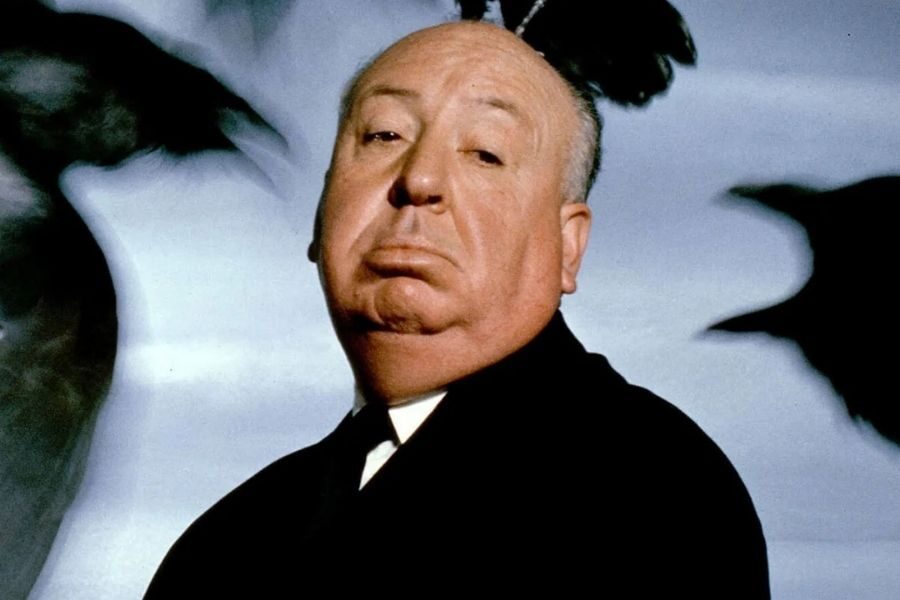
The legendary director behind Rear Window (1954), Vertigo (1958), and Psycho (1960) turned everyday settings into nightmares, leaving audiences forever wary of showers, birds, and the quiet tension of ordinary life.
On April 29, 1980, weakened by kidney failure, he offered one final reflection that sounded like it could have been spoken by one of his characters—wry, unsettling, and true to his lifelong fascination with mystery.
“One never knows the ending. One has to die to know exactly what happens after death, although Catholics have their hopes.”
Martin Luther King Jr.
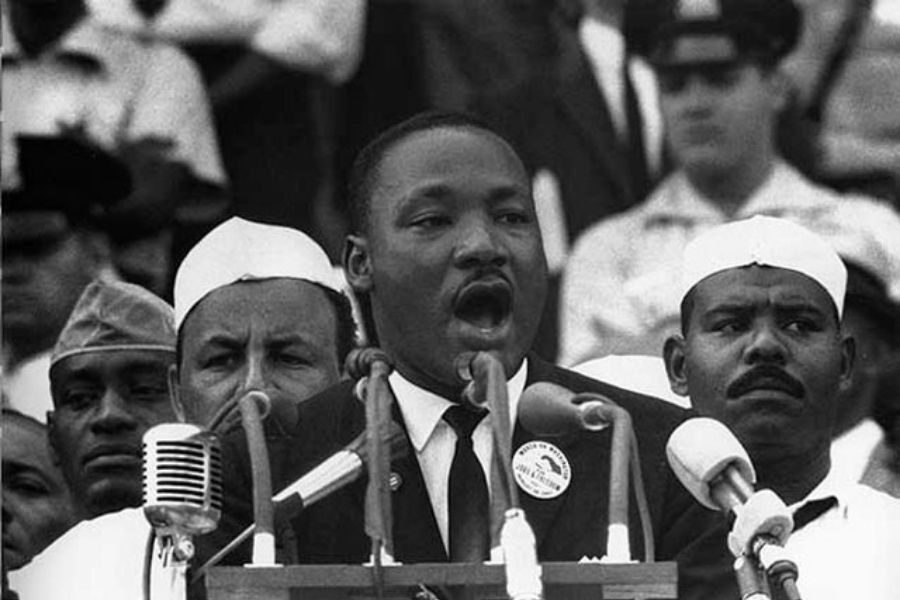
Dr. King had a voice that could shake buildings and soften hearts in the same breath. He preached love when others chose hate, leading marches and movements through the 1950s and 60s.
On April 4, 1968, standing on a Memphis motel balcony, he spoke to musician Ben Branch: “Be sure to sing ‘Take My Hand, Precious Lord’ tonight—and sing it well.” Moments later, a single shot.
The night before, he’d told a crowd he’d been to the mountaintop, that he’d seen the promised land. He died still reaching for it, still believing harmony could win.
Walt Disney
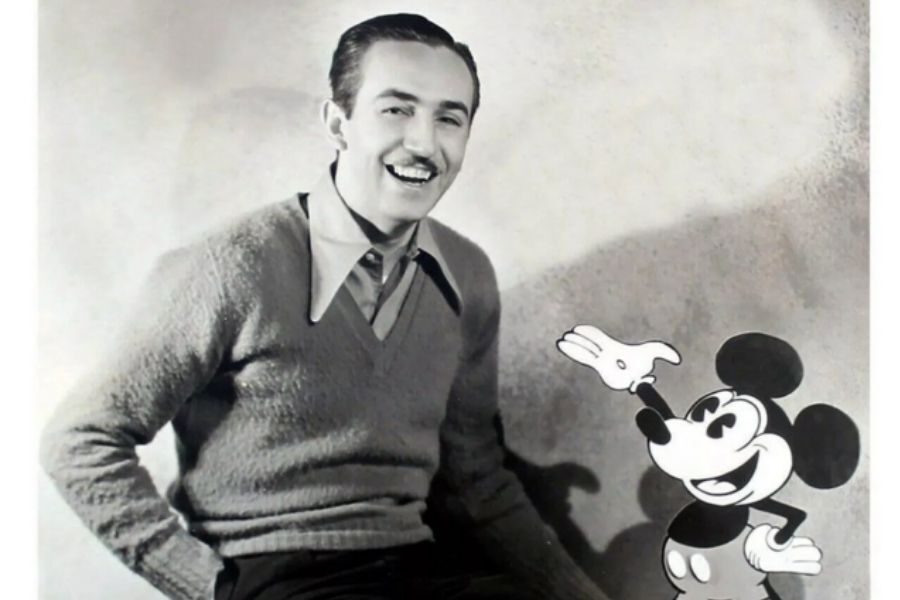
Walt Disney turned simple sketches into dreams and dreams into global empires, giving the world Mickey Mouse in 1928 and transforming animation into a universal language of wonder.
In late 1966, as he battled lung cancer, Disney reportedly jotted a final list: “Ron Miller, 2 Way Down Cellar, Kurt Russell, CIA—Mobley.” According to Disney historian Dave Smith, it came from a page titled “TV Projects in Production: Ready for Production or Possible for Escalation and Story.”
His last words were not spoken but written—a fragment of business and mystery from a man whose imagination never stopped working.
Pete Maravich
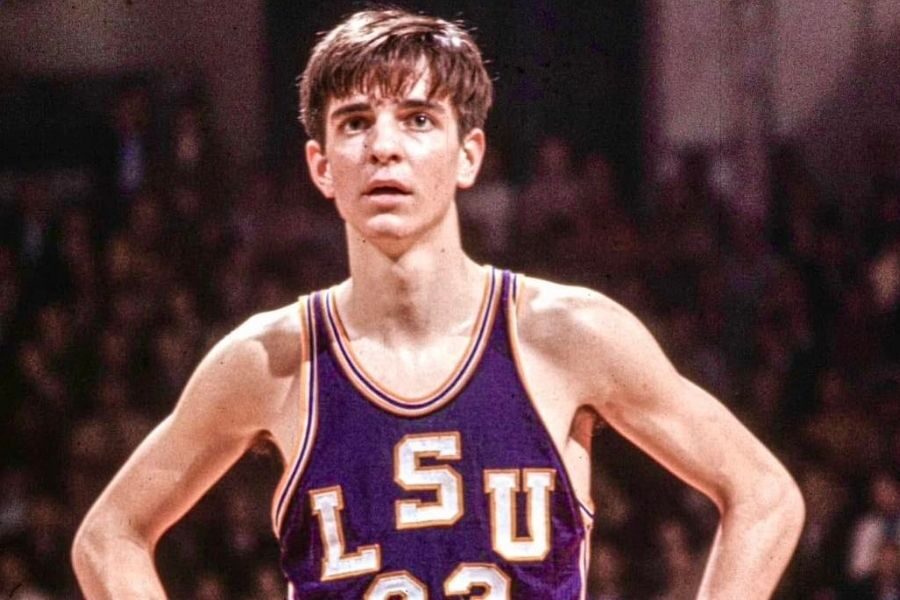
Known as “Pistol Pete” for his dazzling ball-handling and electrifying style, Maravich transformed basketball in the 1970s, leaving crowds spellbound with no-look passes and deep-range shots.
On a January morning in 1988, while playing a simple game of pickup basketball in California, his remarkable journey came to its sudden end. Moments before collapsing from undiagnosed heart failure, someone asked how he felt.
He’d spent his whole life moving at full speed, never slowing down long enough to notice the defect in his heart. His answer was almost cruelly fitting: “I feel great.”
Vladimir Lenin
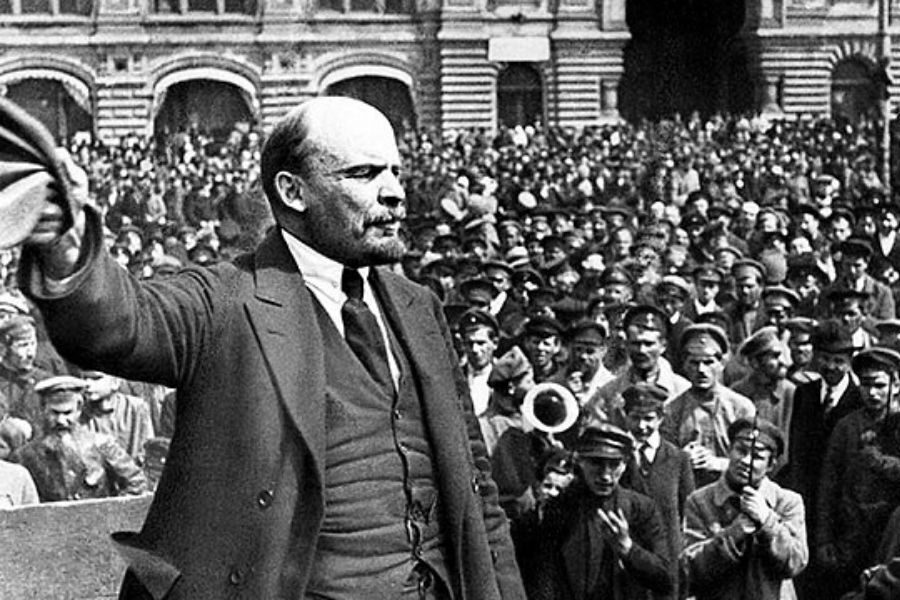
Vladimir Lenin led the Bolshevik Revolution in 1917, toppling an empire and remaking Russia into the Soviet Union. His vision of Marxist revolution reshaped the 20th century through ruthless force and uncompromising will.
On January 21, 1924, after strokes had left him paralyzed and barely able to speak, his final words were reportedly not for comrades or the revolution, but for his dog, who’d brought him a dead bird.
“Вот собака” (“Good dog”), he said. An unexpectedly tender moment from a man who’d built an empire on anything but tenderness.
Steve Jobs

The Apple founder revolutionized technology, changing how the world connects, creates, and consumes information. His work reshaped modern life and inspired generations to “think different.”
In 2011, Jobs lost his battle with pancreatic cancer, surrounded by his closest family. His sister, Mona Simpson, later wrote about the moment and remembered his brother’s last words as almost supernatural.
Looking at his children, his wife Laurene, his sister Patty—and then beyond them—Jobs spoke his last words: “Oh wow. Oh wow. Oh wow.”
Lucille Ball
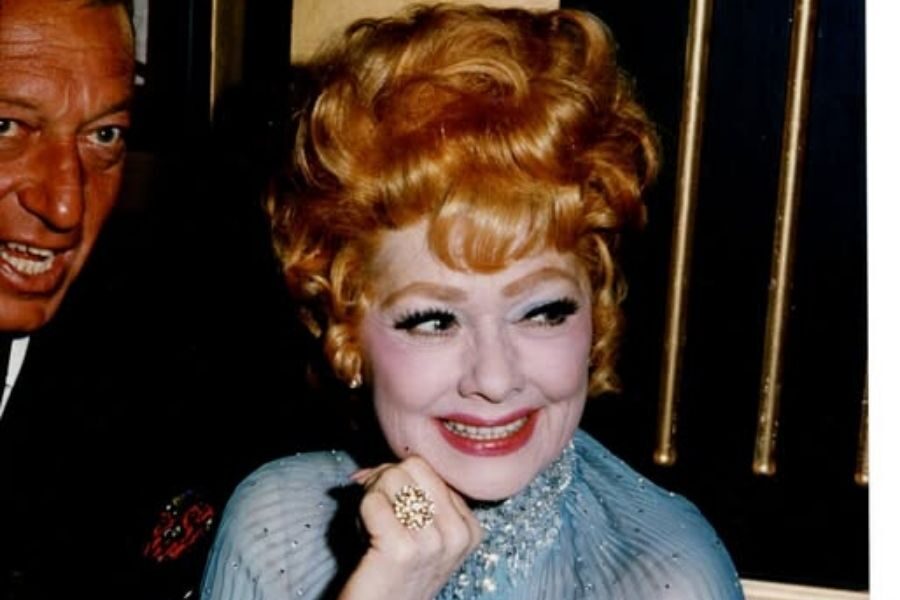
Lucy Ricardo made America laugh until their sides hurt—the clumsy housewife stumbling through I Love Lucy from 1951 to 1957. But Lucille Ball was nothing like her character: sharp as a tack, a trailblazing businesswoman.
By April 26, 1989, just weeks after emergency heart surgery, after decades of making others feel better, she was the one in the hospital bed. But that Lucy spark never dimmed—direct, no-nonsense, always practical.
When the nurse asked what she needed, Ball’s reply was pure Lucy—straightforward and specific: “My Florida water.” (a classic cologne she’d used for years).
Moe Berg
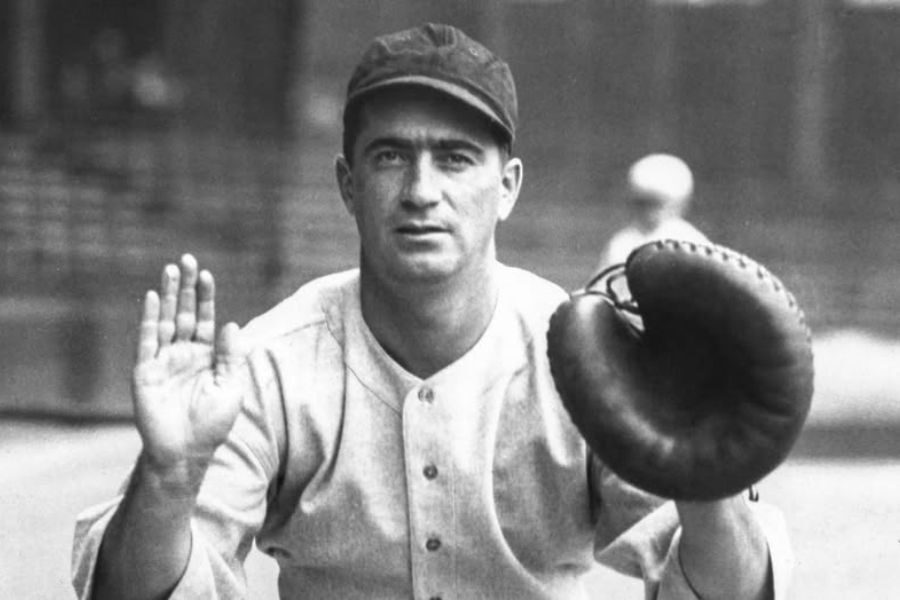
Moe Berg looked like just another ballplayer on the roster, a catcher with an ordinary stat line. Off the field? He lived a secret double life as a globe-trotting World War II spy.
By May 1972, Berg’s extraordinary story was winding down in a Newark hospital. The man who once slipped into enemy territory under the cover of baseball now faced his final inning.
Minutes before his death from an aortic aneurysm, Berg still thought like a fan. He turned to a nurse and asked, “How did the Mets do today?” they had won.
Amy Winehouse

Amy Winehouse sang like she lived—raw, honest, holding nothing back. Her voice in the 2000s carried heartbreak and hope in equal measure, making even strangers feel her pain as their own.
The day before her death on July 23, 2011, she told her mother, Janis, “I love you, Mummy.” But her final words, spoken to her doctor, revealed the weight of her struggle with devastating honesty.
From the woman who’d sung so beautifully about refusing rehab, the irony was gone—just the desperate wish of someone who’d lost control: “I don’t want to die.”
Joe DiMaggio
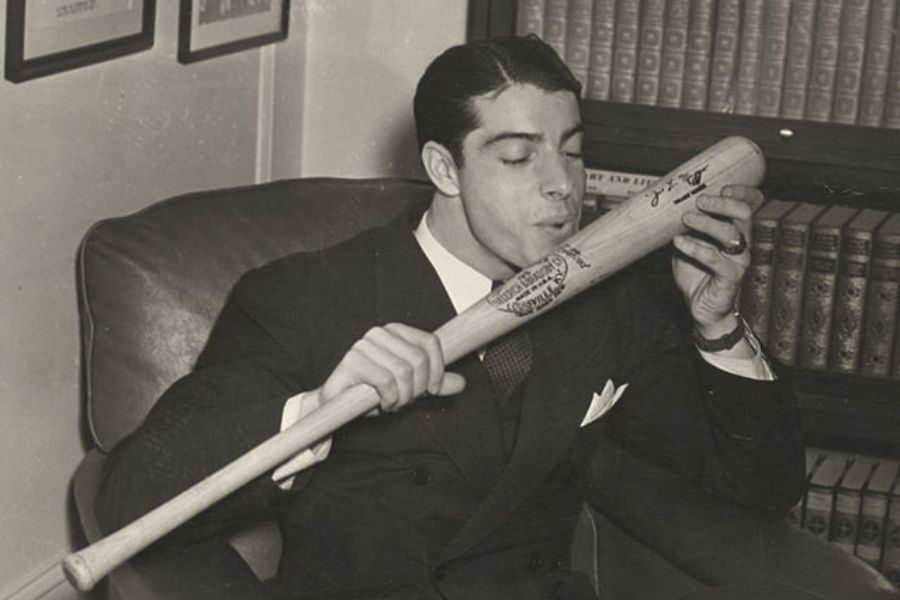
56 games. That was the hitting streak that turned Joe DiMaggio into a baseball legend, yet his brief marriage to Marilyn Monroe forever bound his name to hers.
Even decades after their 1954 divorce, the Yankee Clipper’s devotion never wavered. He sent flowers to her grave for 20 years, carrying an enduring love that outlasted the fame of either.
In March 1999, as his own life closed, he whispered to his lawyer words that revealed where his heart still lived: “I don’t feel bad about dying. At least, I’ll be with Marilyn again.”
Kurt Cobain
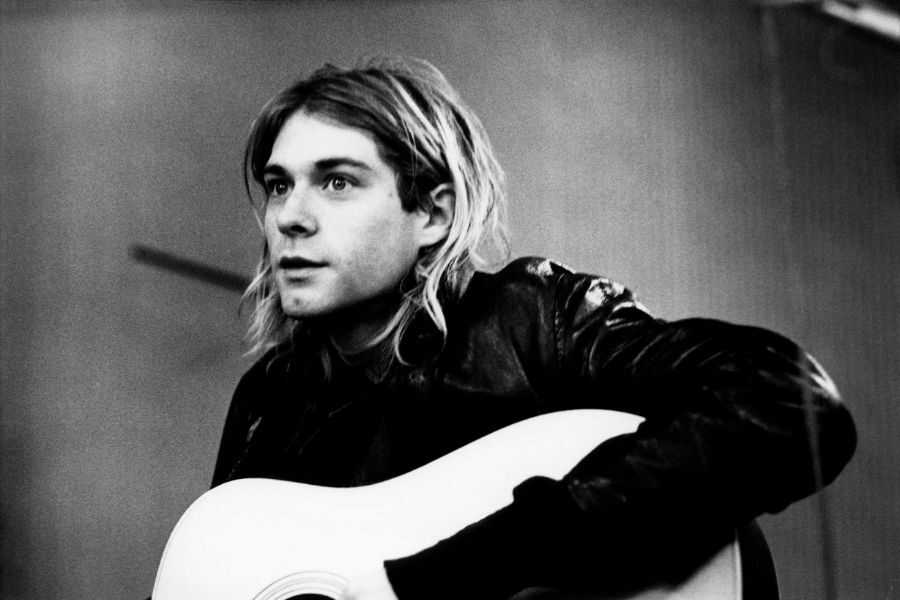
Kurt Cobain’s raw voice and haunting lyrics gave shape to a generation’s unrest, propelling Nirvana to the forefront of rock history and making him the enduring symbol of grunge.
In April 1994, after years of struggle, he left behind words that revealed both his sorrow and his heart. Among them was a private message to his wife Courtney and their daughter Frances.
For all the noise of fame, his closing note was quiet, direct, and achingly simple: “You know I love you, I love Frances, I’m so sorry. Please don’t follow me.”
Amelia Earhart
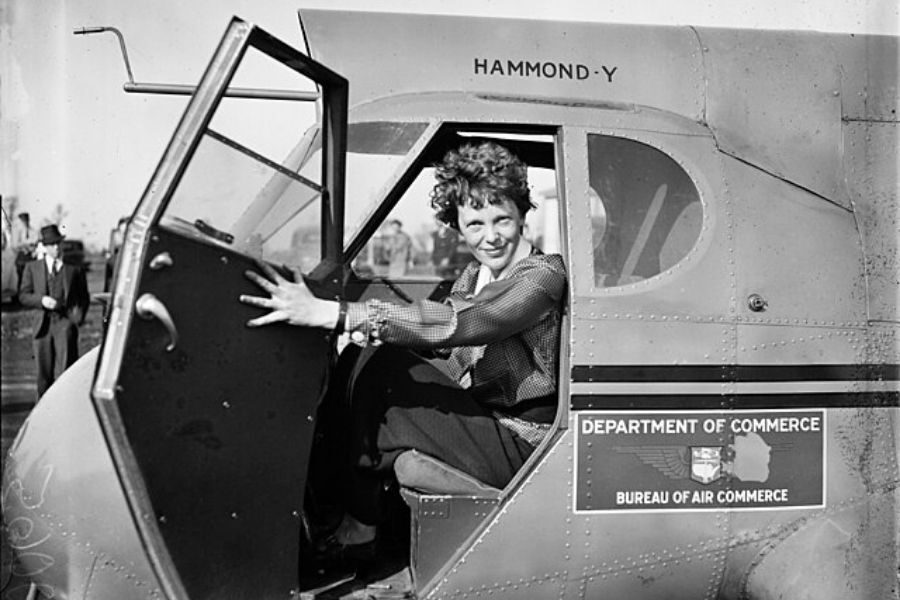
Amelia Earhart shattered barriers for women in aviation, becoming the first woman to fly solo across the Atlantic in 1932 and inspiring countless others to reach beyond limits.
On July 2, 1937, during her ill-fated attempt to circle the globe, her last official transmission calmly gave coordinates: “We are on the line 157, 337.” But another account lingers.
A teenage radio operator swore she heard Earhart through the static, catching a desperate plea that official records never confirmed: “We can’t hold on much longer.”
Harvey Milk
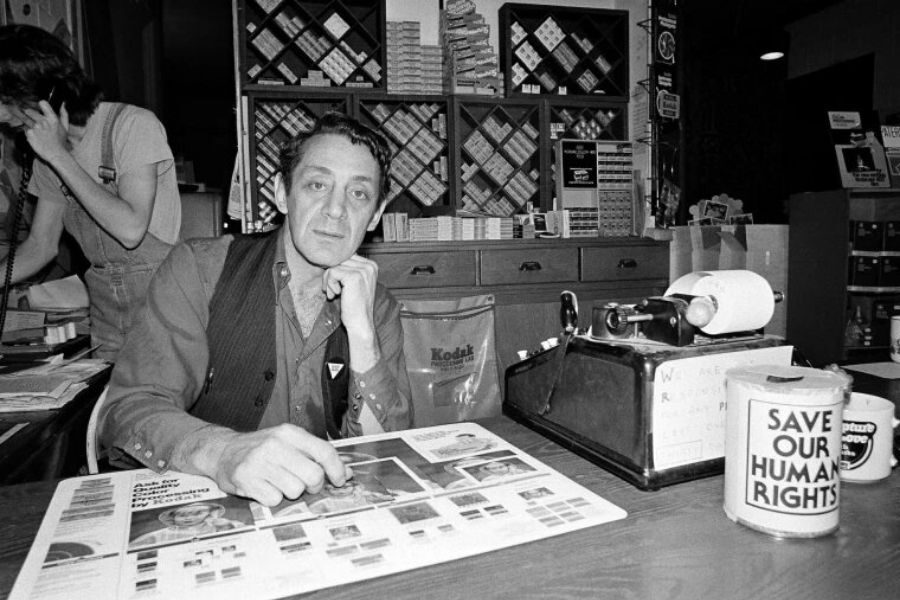
Harvey Milk made history in 1977 as California’s first openly gay elected official—a breakthrough in an era when being out could cost you everything. From his seat on the San Francisco Board of Supervisors, he fought fiercely for LGBTQ+ equality and gave a community hope.
Sensing the threats closing in, he recorded a tape just nine days before his murder on November 27, 1978. He prepared for what he feared was inevitable.
His final recorded message became a rallying cry: “All I ask is for the movement to continue, and if a bullet should enter my brain, let that bullet destroy every closet door.”
Debbie Reynolds
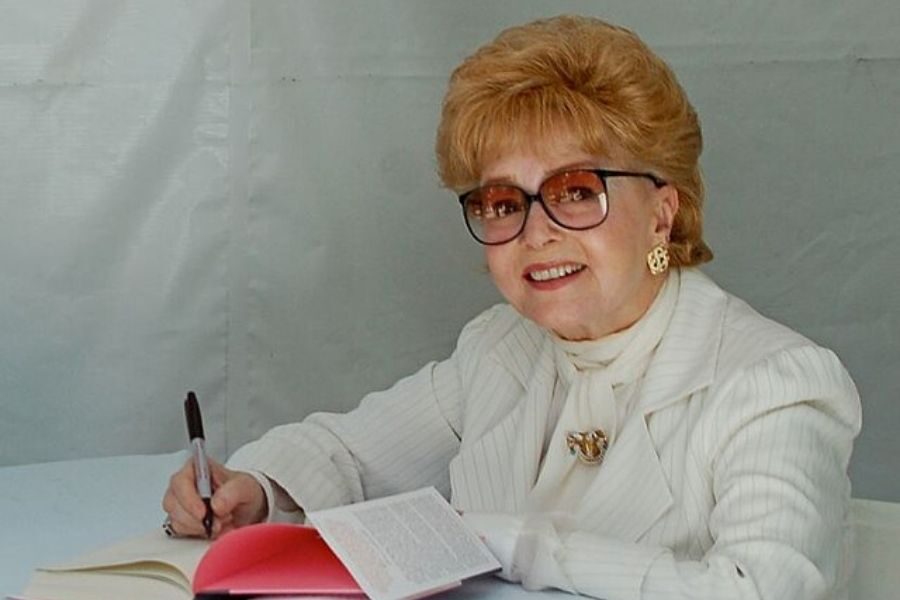
From Singin’ in the Rain (1952) to countless beloved performances, Debbie Reynolds danced and sang her way into America’s heart across a remarkable 68-year career that shaped Hollywood’s golden age.
On December 28, 2016, just one day after losing her daughter Carrie Fisher, the 84-year-old star was planning the funeral when she suffered a suspected stroke at Fisher’s Beverly Hills home.
Her son Todd revealed her heartbreaking final words, spoken with a mother’s inconsolable grief: “I miss her so much, I want to be with Carrie.”
Charles “Lucky” Luciano
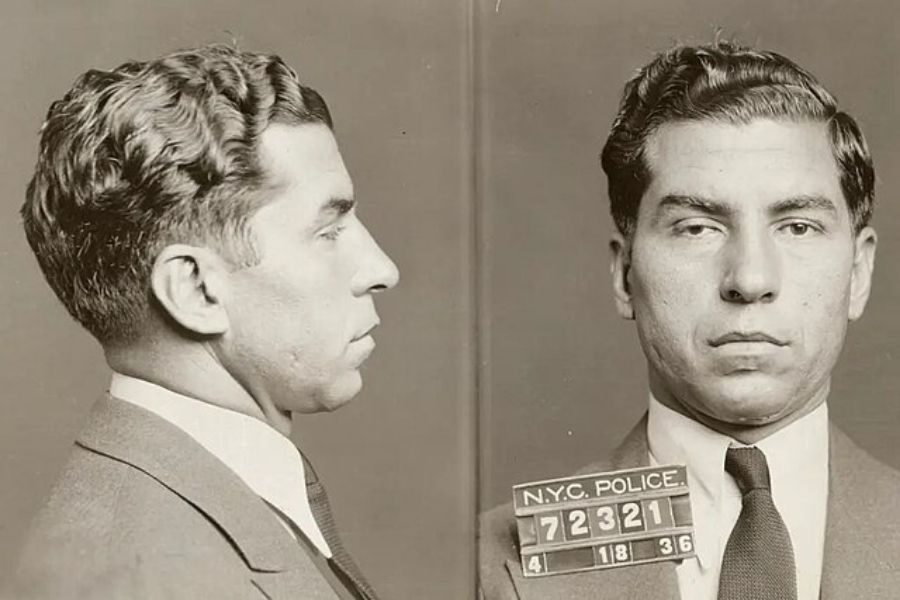
Power, violence, and cunning defined Charles “Lucky” Luciano, the mob boss who turned America’s fragmented criminal gangs into a ruthless, well-oiled national syndicate during the 1920s and 30s.
On January 26, 1962, the exiled kingpin met a film producer in Naples to pitch his notorious life story. He wanted Hollywood to immortalize what the law couldn’t erase.
After the meeting, as if his empire wasn’t enough, Luciano looked toward the silver screen, speaking his final words before a fatal heart attack: “Tell Georgie I want to get in the movies one way or another.”
Buddy Rich – Jazz Drummer
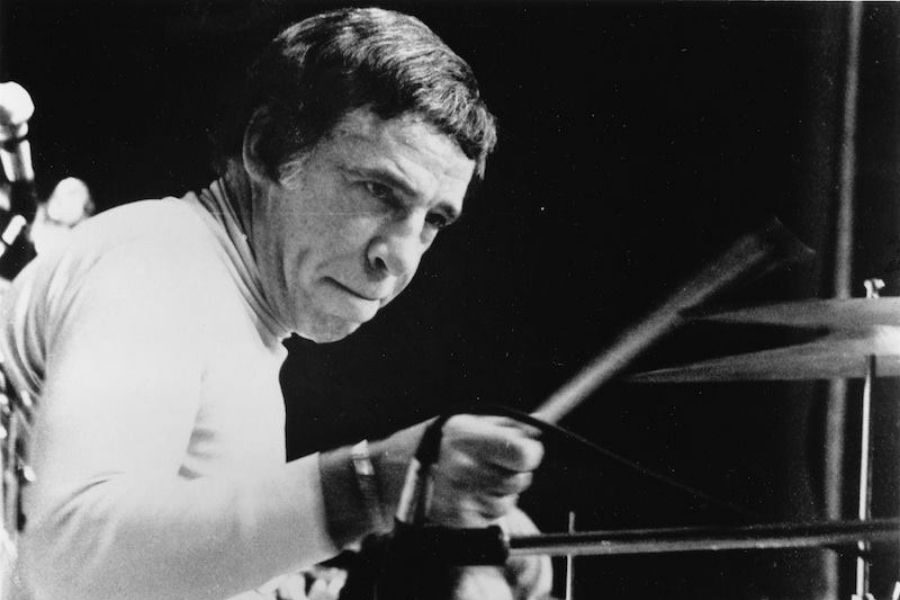
Behind the blistering drum solos and temper tantrums that defined his career from the 1930s through the 80s, Buddy Rich possessed a razor-sharp wit that could match the speed of his hands on the kit.
As he was prepped for emergency heart surgery in April 1987, a nurse asked the 69-year-old, “Is there anything you can’t take?”
He would die during the operation that day in Los Angeles, but not before giving his answer: “Yeah, country music.”




